
Xplor reconnects kids to nature and helps them find adventure in their own backyard. Free to residents of Missouri.


































Stay in Touch with MDC news, newsletters, events, and manage your subscription

Xplor reconnects kids to nature and helps them find adventure in their own backyard. Free to residents of Missouri.

A monthly publication about conservation in Missouri. Started in 1938, the printed magazine is free to residents of Missouri.
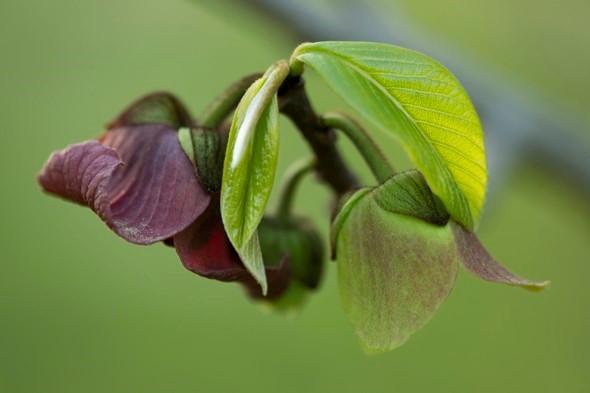
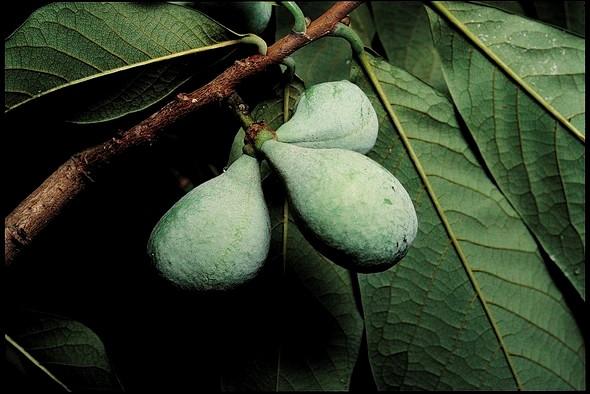
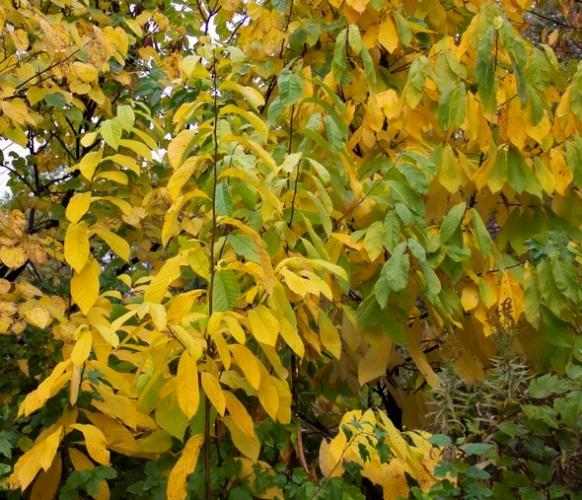
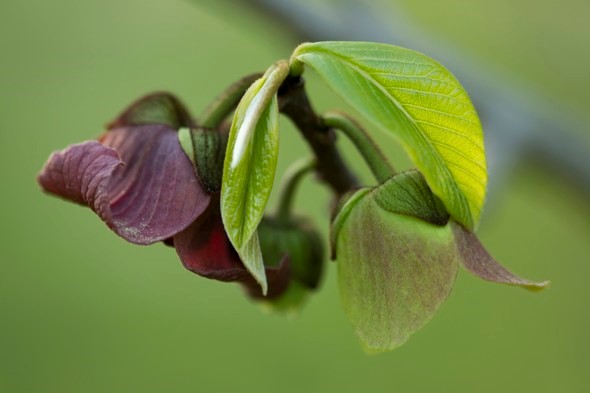
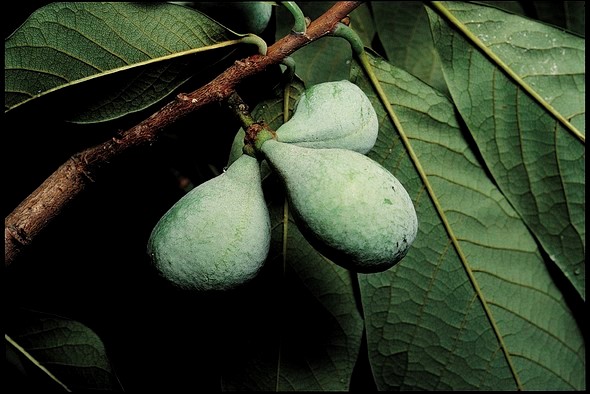
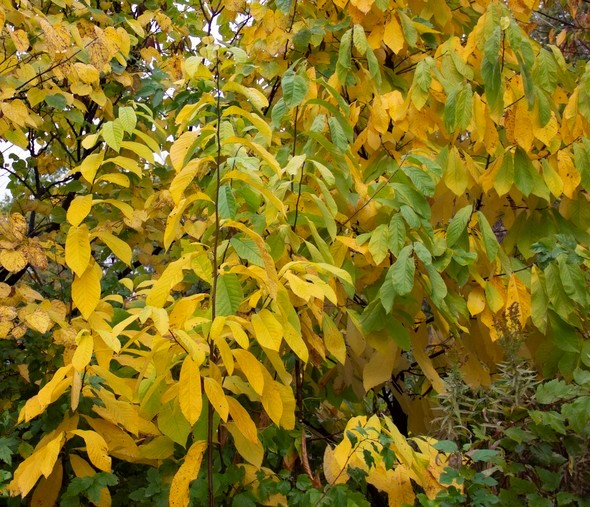
Kansas City, Mo. – Many a child, and perhaps even the grownups, have considered the pawpaw tree a myth found only in a folk song: “picking up pawpaws put ‘em in your pocket.” Where oh where is the dear old real thing? They’re growing out in remnant woodlands and forests, especially on rocky ridges with natural growth that avoided the plow.
The Missouri Department of Conservation (MDC) encourages considering native trees and shrubs for landscape plantings. They offer beauty, edible fruits and nuts, and they host native insects and songbirds. Nonnative plants often do not serve wildlife.
The pawpaw is a forest tree that can serve people and butterflies when used in lawn landscape plantings. Plant three or four in a shady corner of the backyard and you’ll have a small grove. They don’t grow very tall and are not invasive. Their top height is 20 to 30 feet but most pawpaw trees encountered in shaded woods are half that size. Pawpaws can provide an accent in front of a wooden fence without obscuring the fence. They are an interesting tree to watch through the seasons.
In spring, pawpaws bloom with small but intense reddish-purple flowers. The flowers stand out against the tree’s smooth, tan branches ahead of leaf out. Once a pawpaw tree does leaf out, they produce a wide green leaf with a broad surface, perfect for soaking up sometimes scanty sunlight in the shady forest understory areas where they usually grow. They can thrive in yards shaded by larger trees.
Pawpaw leaves are the only plant material that zebra swallowtail larvae will feed on. So, if you enjoy watching large butterflies with black and white stripes flutter through the yard, the pawpaw tree makes a good choice.
In autumn, the pawpaw produces a greenish fruit, shaped like a potato. The fruits are often found in clusters, like bananas. The fruits are edible, and some people who eat them will say they have a soft banana-like flavor. Their ripening time can pass fairly quickly in early- to mid-autumn. Many a person watching pawpaws grow makes plans to harvest them when ripe, only to find that squirrels and racoons were quicker pawpaw pickers. Flavors in pawpaws can vary by variety and the conditions where they grow. Some are sweet. While others taste flat, or even a tad bitter.
Pawpaws can be eaten fresh when ripe. Some cooks use them in recipes for baked treats. A good overview of pawpaws is found in Bernadette Dryden’s cookbook, Cooking Wild in Missouri, which is available through MDC’s online Nature Shop. Dryden provides a recipe for pawpaw frozen-yogurt gelato.
A final gift from pawpaws comes in late autumn. The leaves turn a bright, glowing yellow. They are often among the more showy trees in the woods among the fall colors. Pawpaws can brighten a yard in autumn, too.
Many commercial nurseries that sell native wildflowers, grasses, and trees also carry some variety of pawpaw trees. They grow quickly. MDC’s George O. White State Nursery near Licking offers pawpaw tree seedlings. For information about ordering trees, visit https://short.mdc.mo.gov/ZJM.
To learn more about the pawpaw tree’s natural history and role in Missouri ecology, visit https://short.mdc.mo.gov/Zn7.